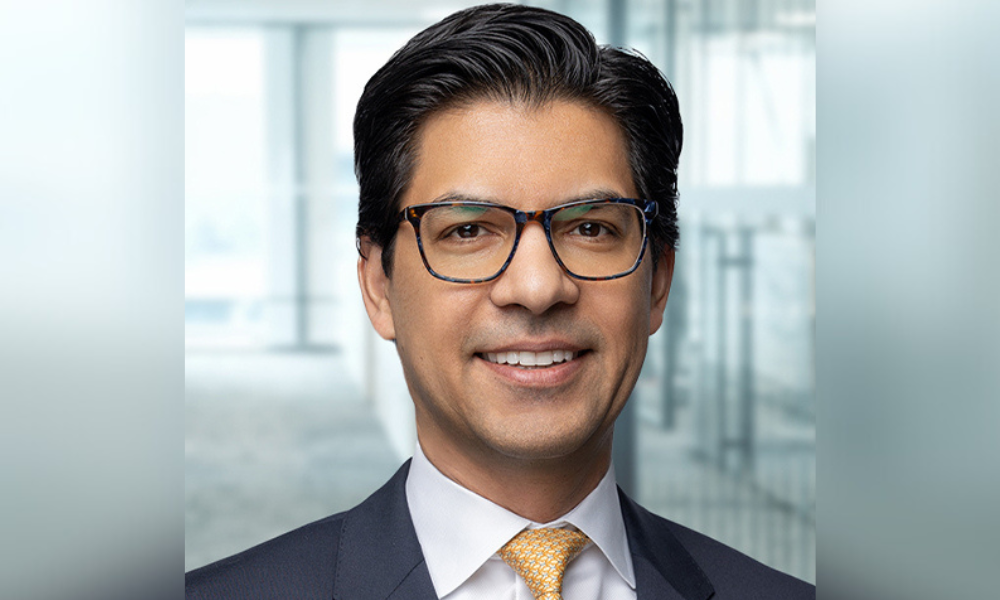Insuring high-level athletes can open the door for brokers to take on the mantle of wealth planning advisors
Starting out in the life insurance field specializing in major athletes can be difficult at first, but that lucrative book of clients can literally build itself through word-of-mouth and the eventual need for estate and investment planning.
“It starts a process where they will buy insurance throughout their career,” says Chris Lack, executive vice president who leads Exceptional Risk Advisors' Sports and Entertainment Insurance Division. “We’re just one part of that service – providing insurance – that does lead to investment advice.”
For Chris Moynes, managing director for ONE Sports & Entertainment Group, he finds the best client engagement comes from explaining the benefits of taking on a multi-year policy.
“A lot of the agents – and I’m talking about hockey agents who are also in this space – they like to do one-year deals, where they get the player to have disability insurance on a one-year basis,” Moynes told LHP. “My thought process is a little different. If a guy has a five-year deal, I would put a deal in place to cover the individual for four years. That is important because If the guy blows out his knee in year two, it’s already in the policy, and you can’t exclude it.
“If you do a one-year deal under the same circumstances, you have to exclude that in year three on renewal. That’s a big one – and I’ve had a couple of situations where we’ve done multi-year deals and the player has come back to us and said ‘Thank God I did it with you and not with my agent.’”
That advice builds trust with the client, and leads to discussions on investment planning, says Moynes. As for why agents almost always pitch the one-year policy, he theorizes that it may be because they want to have that constant contact with the player.
“But striking a multi-year deal doesn’t mean you can’t be communicating with the client on an on-going basis,” says Moynes. “Because that is what I do.”
The need for insurance was thrown into the national spotlight when Hockey Canada sent the nation’s hopes and prayers for Olympic gold to the Sochi Winter Olympics in 2014, when it was announced that the high cost of insurance for the nation’s high-priced talent precluded any on-ice practice time.
Estimates for insurance on the athletes during the four-day-long orientation camp back in the summer of 2013 were placed at over $1 million for what amounted to $1.5 billion of NHL contracts.
“It starts a process where they will buy insurance throughout their career,” says Chris Lack, executive vice president who leads Exceptional Risk Advisors' Sports and Entertainment Insurance Division. “We’re just one part of that service – providing insurance – that does lead to investment advice.”
For Chris Moynes, managing director for ONE Sports & Entertainment Group, he finds the best client engagement comes from explaining the benefits of taking on a multi-year policy.
“A lot of the agents – and I’m talking about hockey agents who are also in this space – they like to do one-year deals, where they get the player to have disability insurance on a one-year basis,” Moynes told LHP. “My thought process is a little different. If a guy has a five-year deal, I would put a deal in place to cover the individual for four years. That is important because If the guy blows out his knee in year two, it’s already in the policy, and you can’t exclude it.
“If you do a one-year deal under the same circumstances, you have to exclude that in year three on renewal. That’s a big one – and I’ve had a couple of situations where we’ve done multi-year deals and the player has come back to us and said ‘Thank God I did it with you and not with my agent.’”
That advice builds trust with the client, and leads to discussions on investment planning, says Moynes. As for why agents almost always pitch the one-year policy, he theorizes that it may be because they want to have that constant contact with the player.
“But striking a multi-year deal doesn’t mean you can’t be communicating with the client on an on-going basis,” says Moynes. “Because that is what I do.”
The need for insurance was thrown into the national spotlight when Hockey Canada sent the nation’s hopes and prayers for Olympic gold to the Sochi Winter Olympics in 2014, when it was announced that the high cost of insurance for the nation’s high-priced talent precluded any on-ice practice time.
Estimates for insurance on the athletes during the four-day-long orientation camp back in the summer of 2013 were placed at over $1 million for what amounted to $1.5 billion of NHL contracts.



